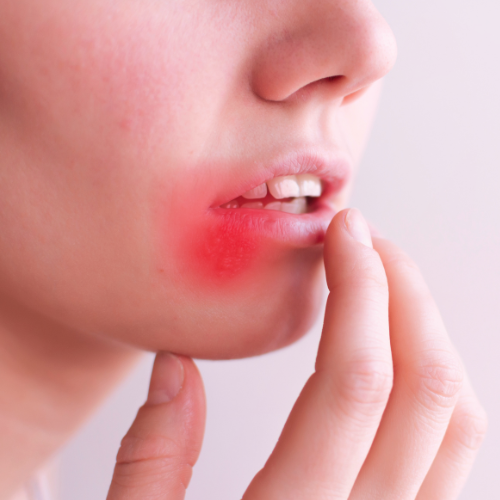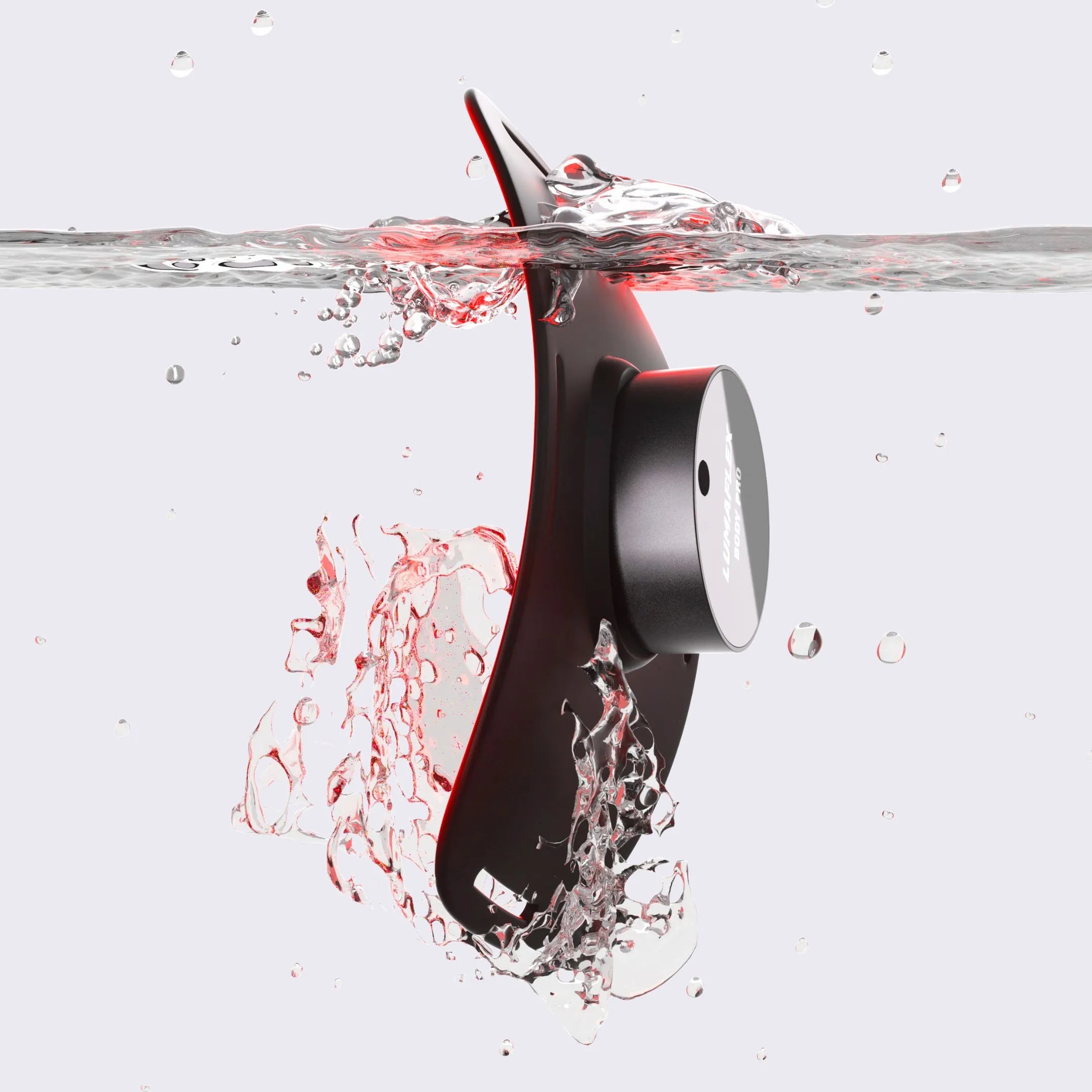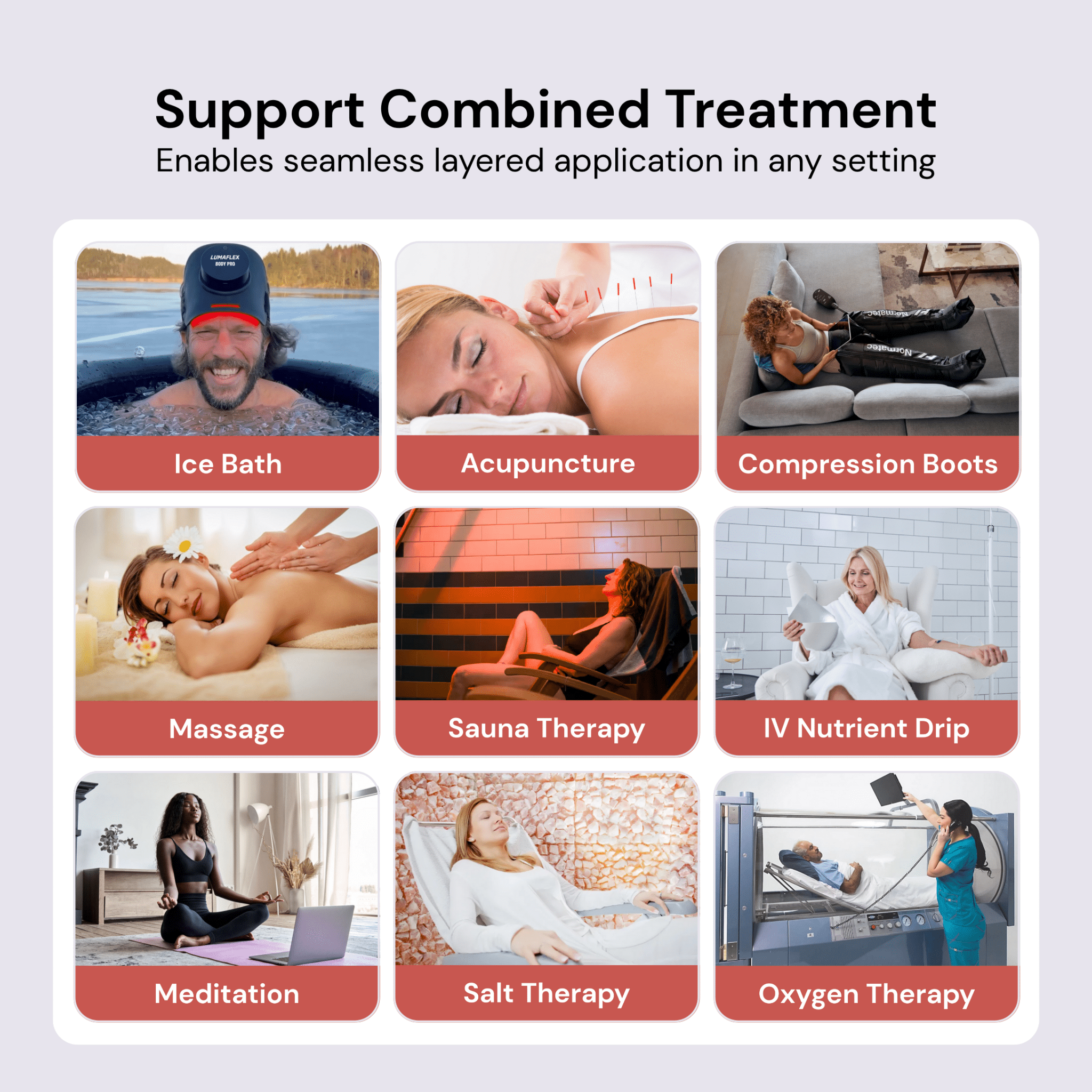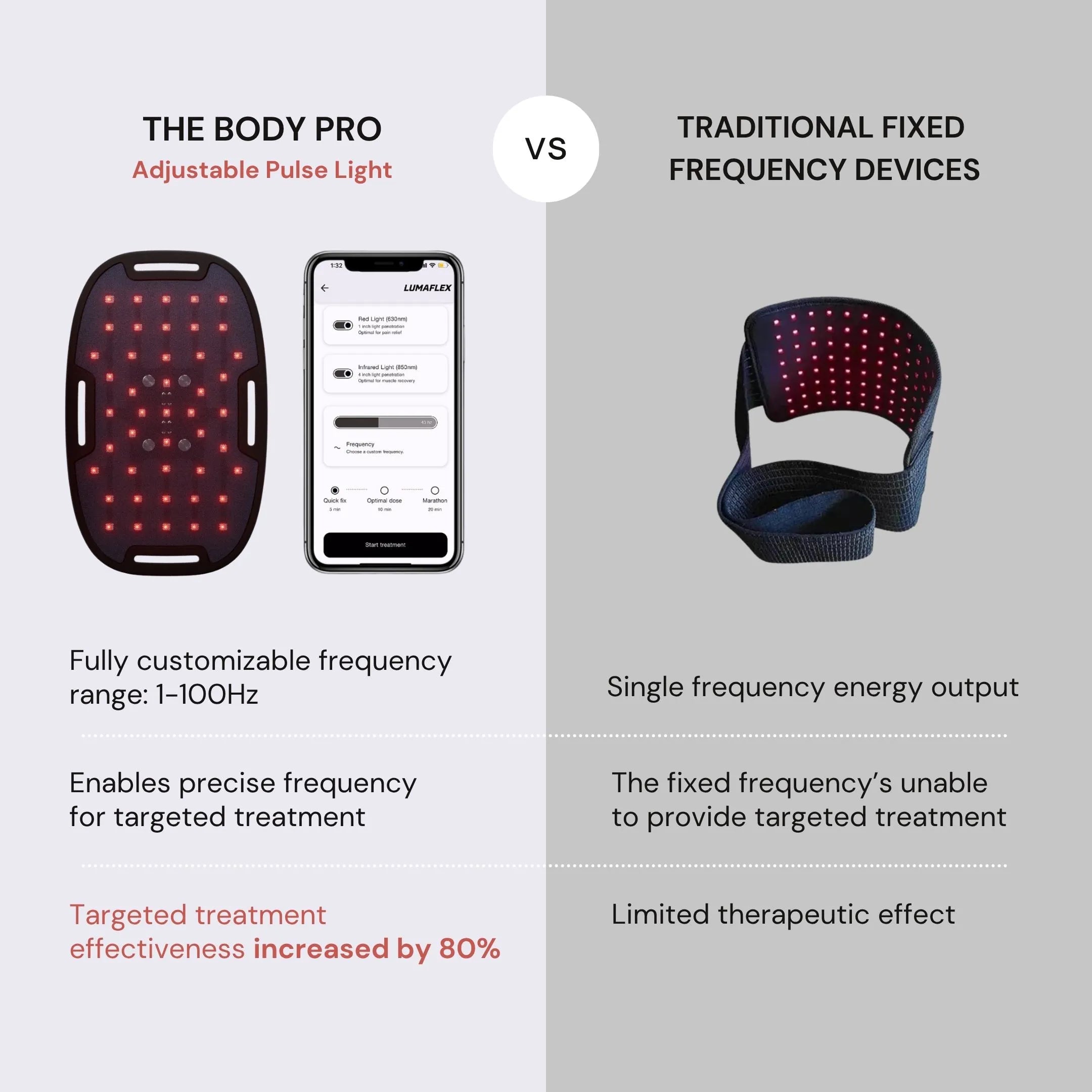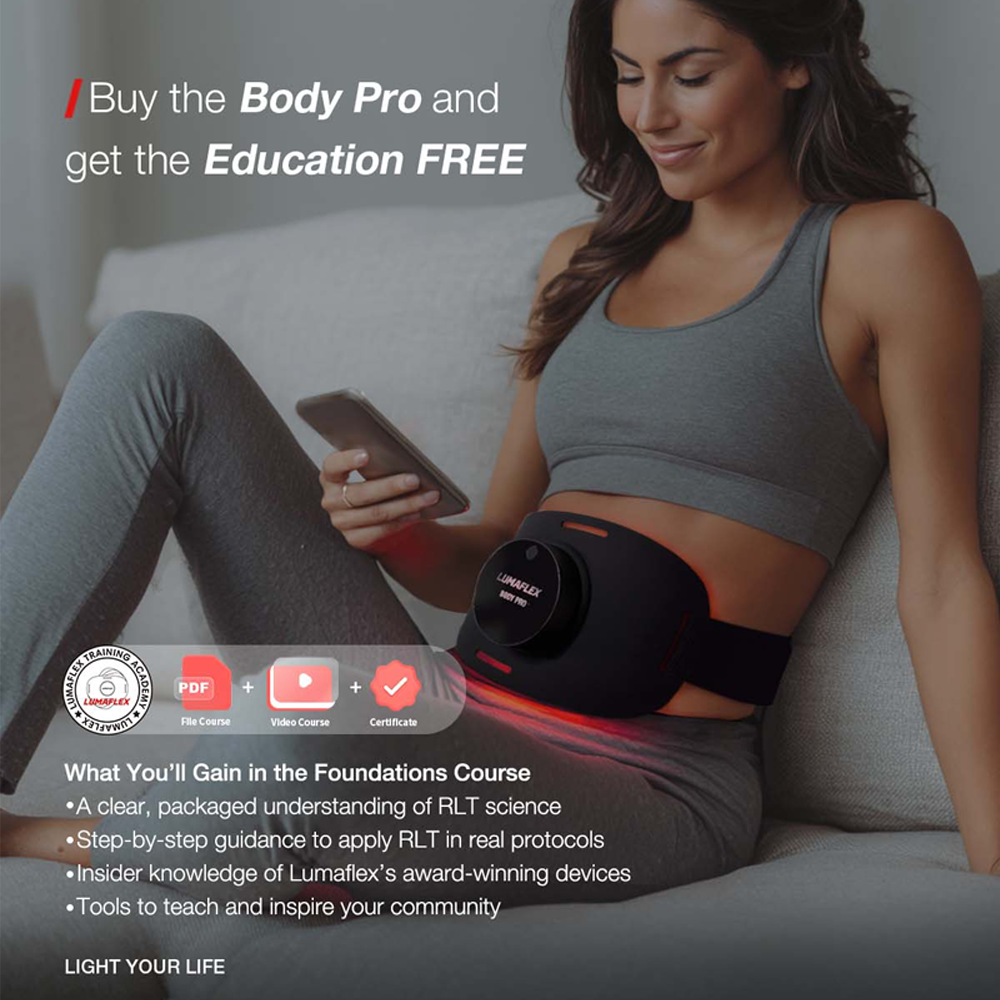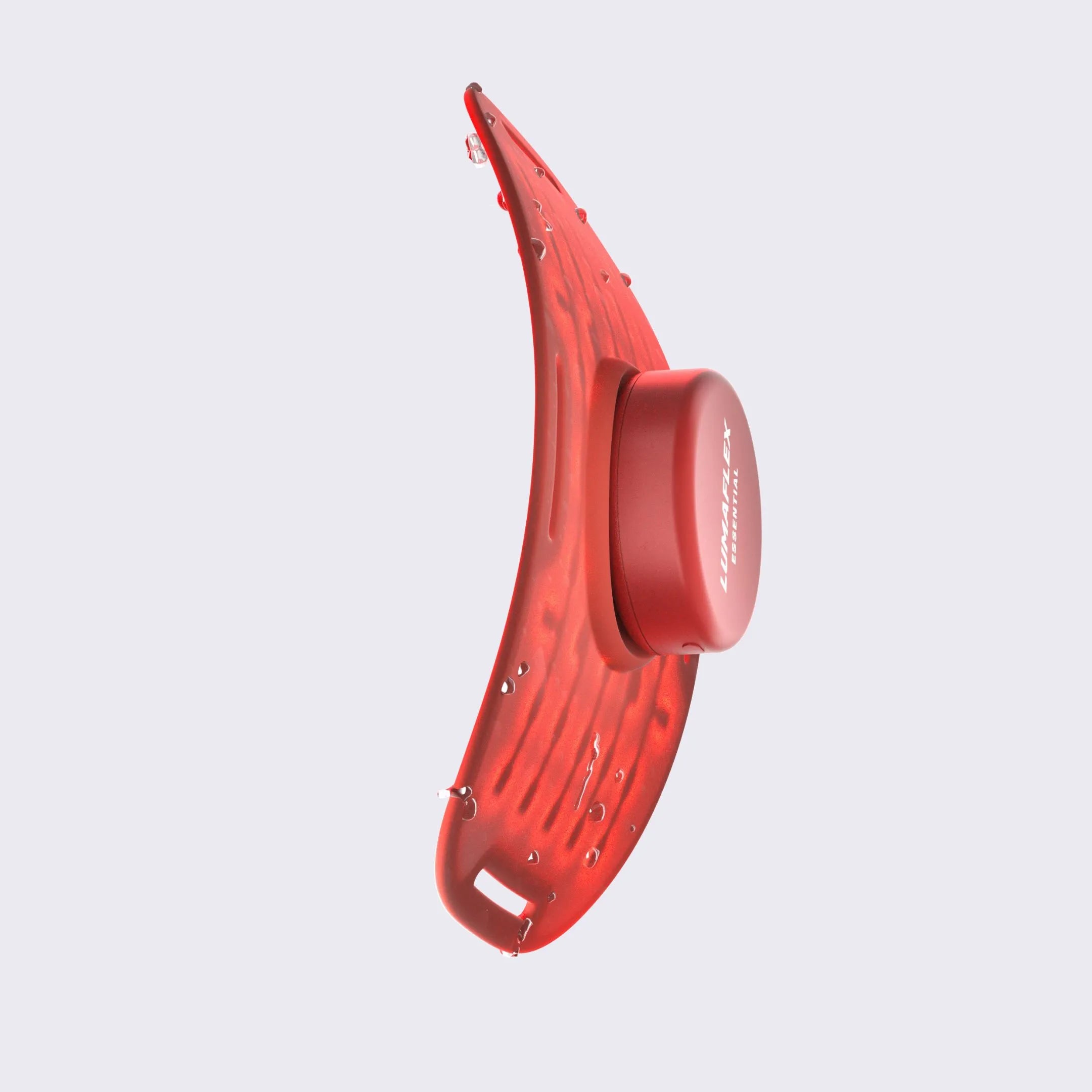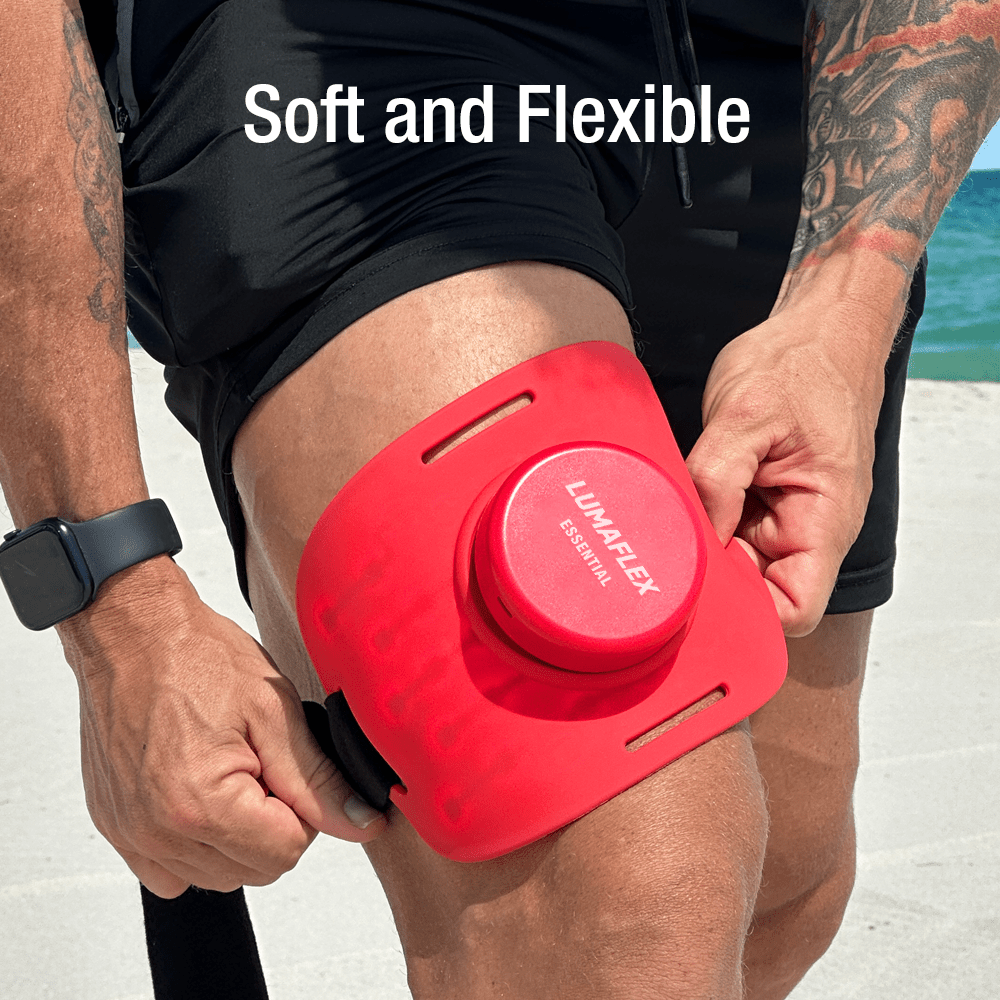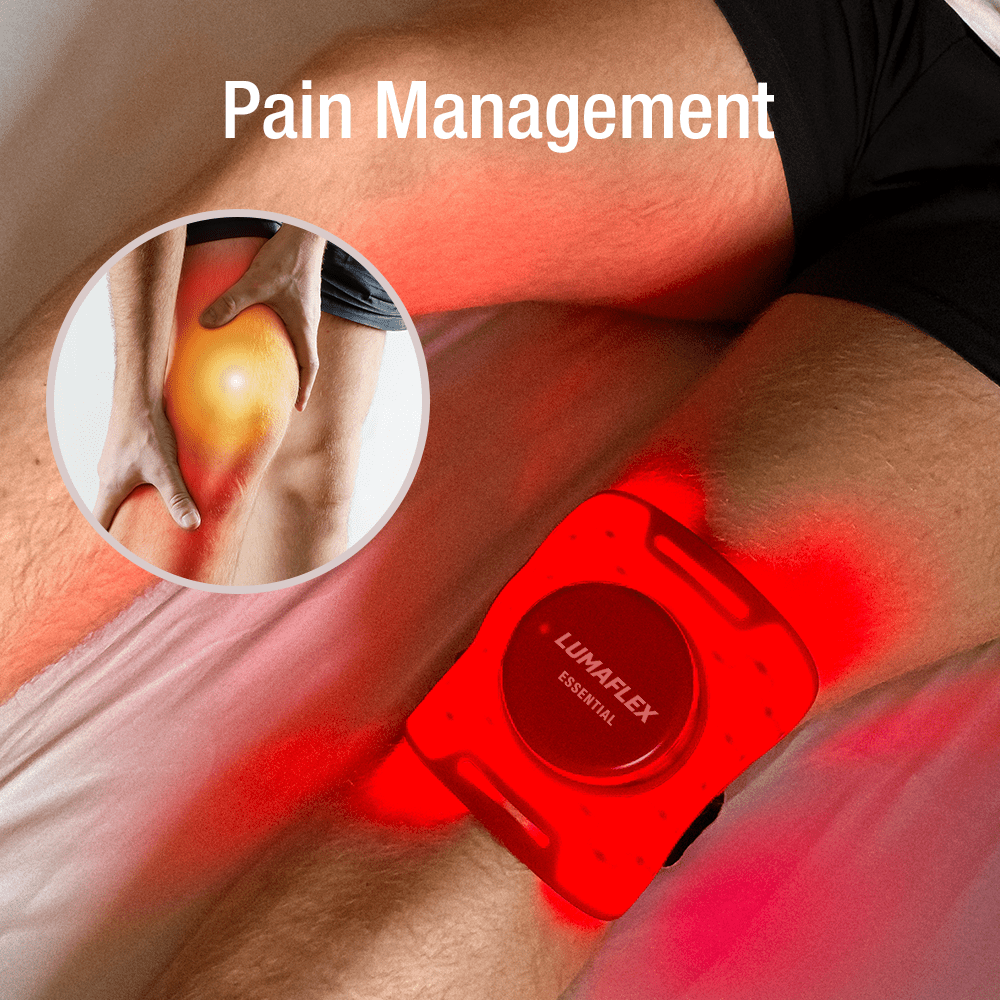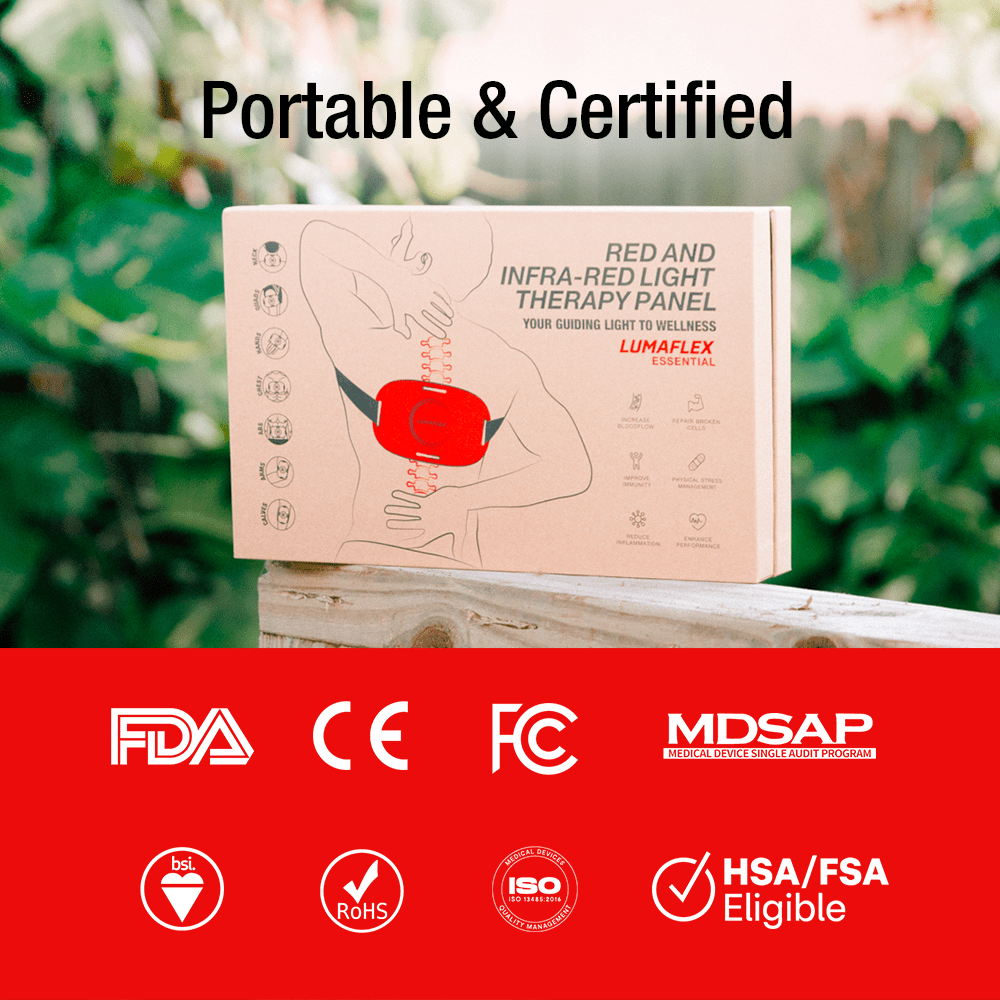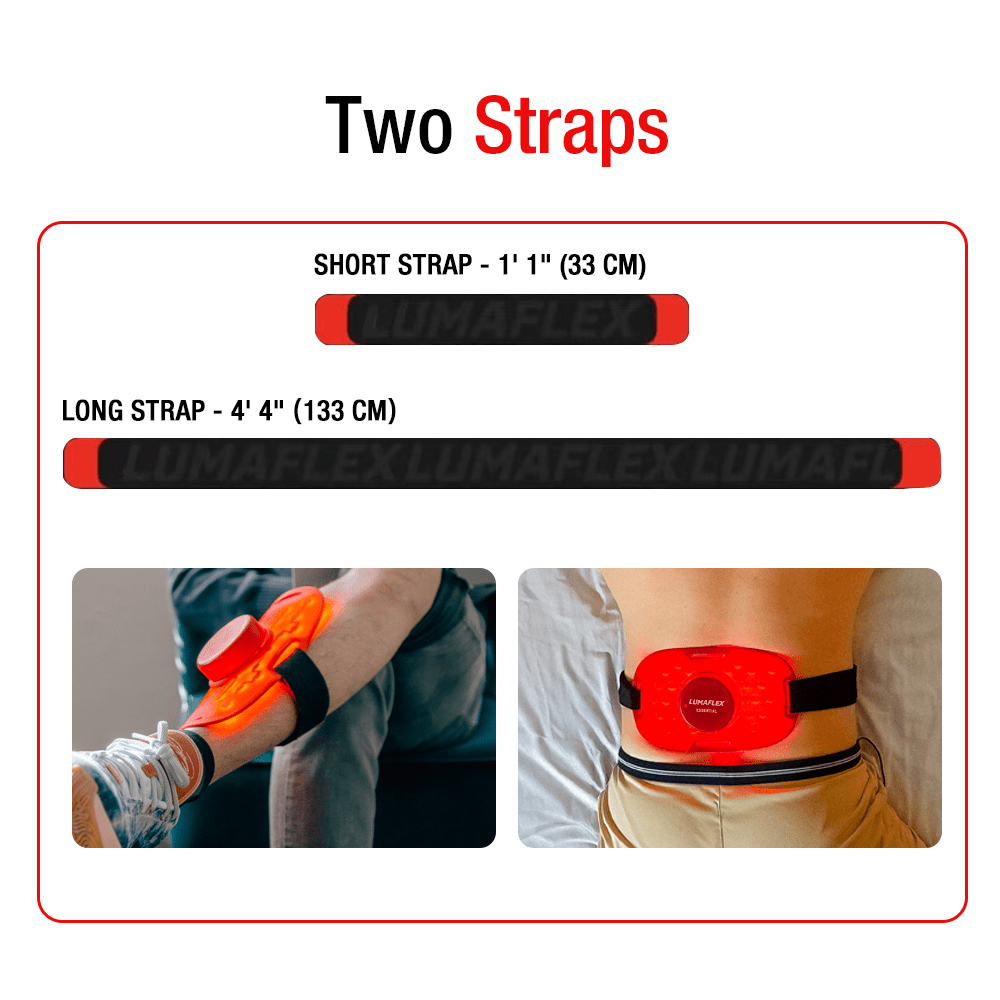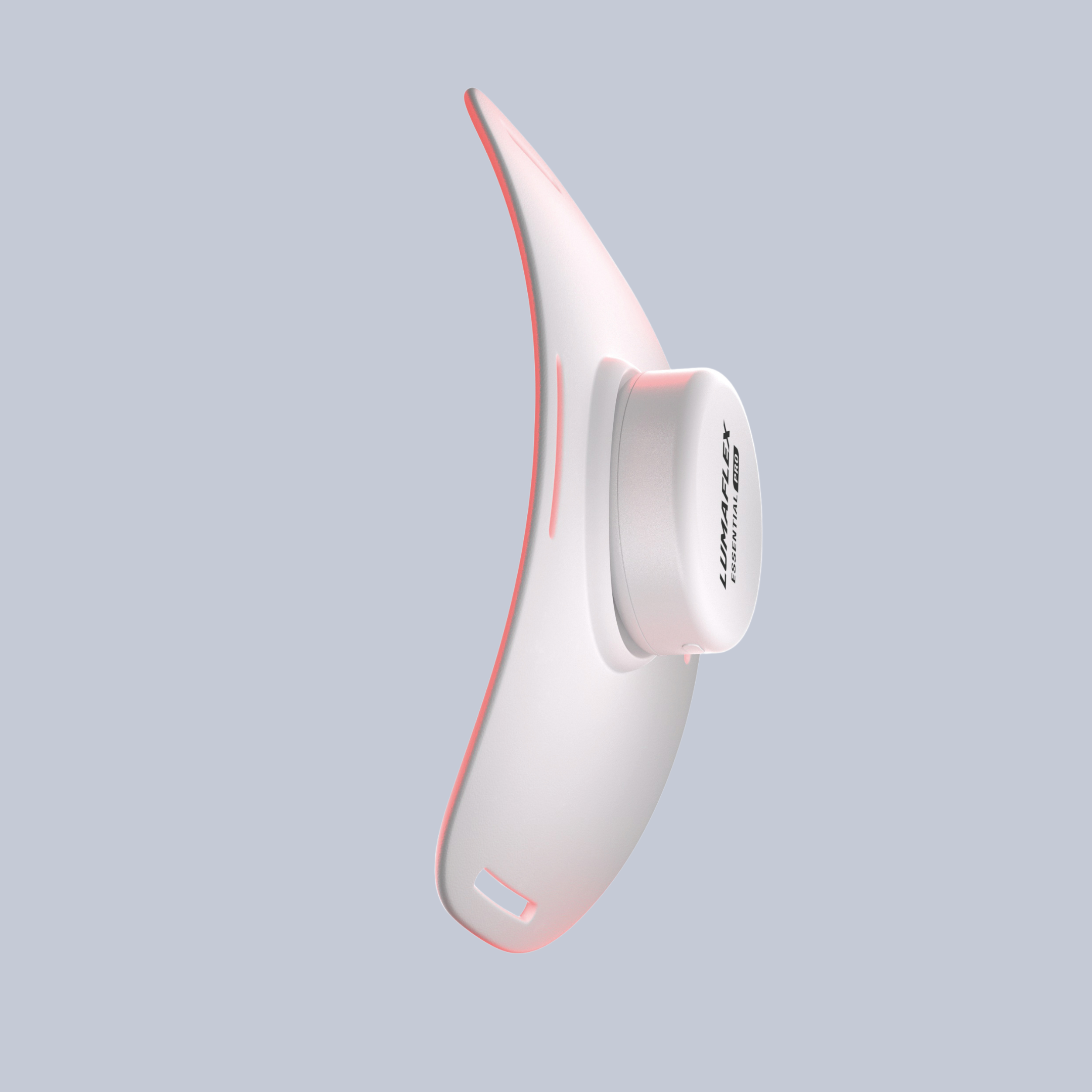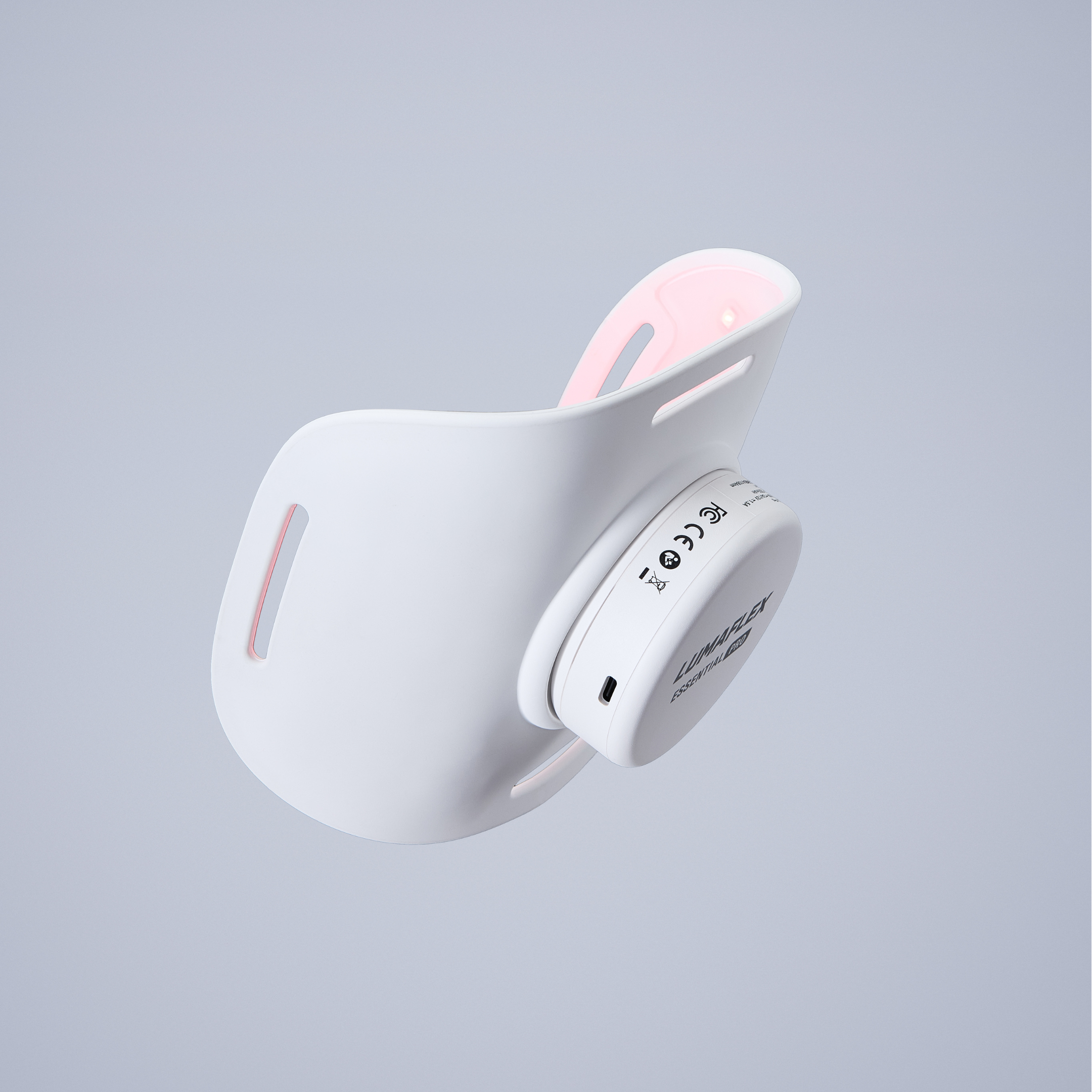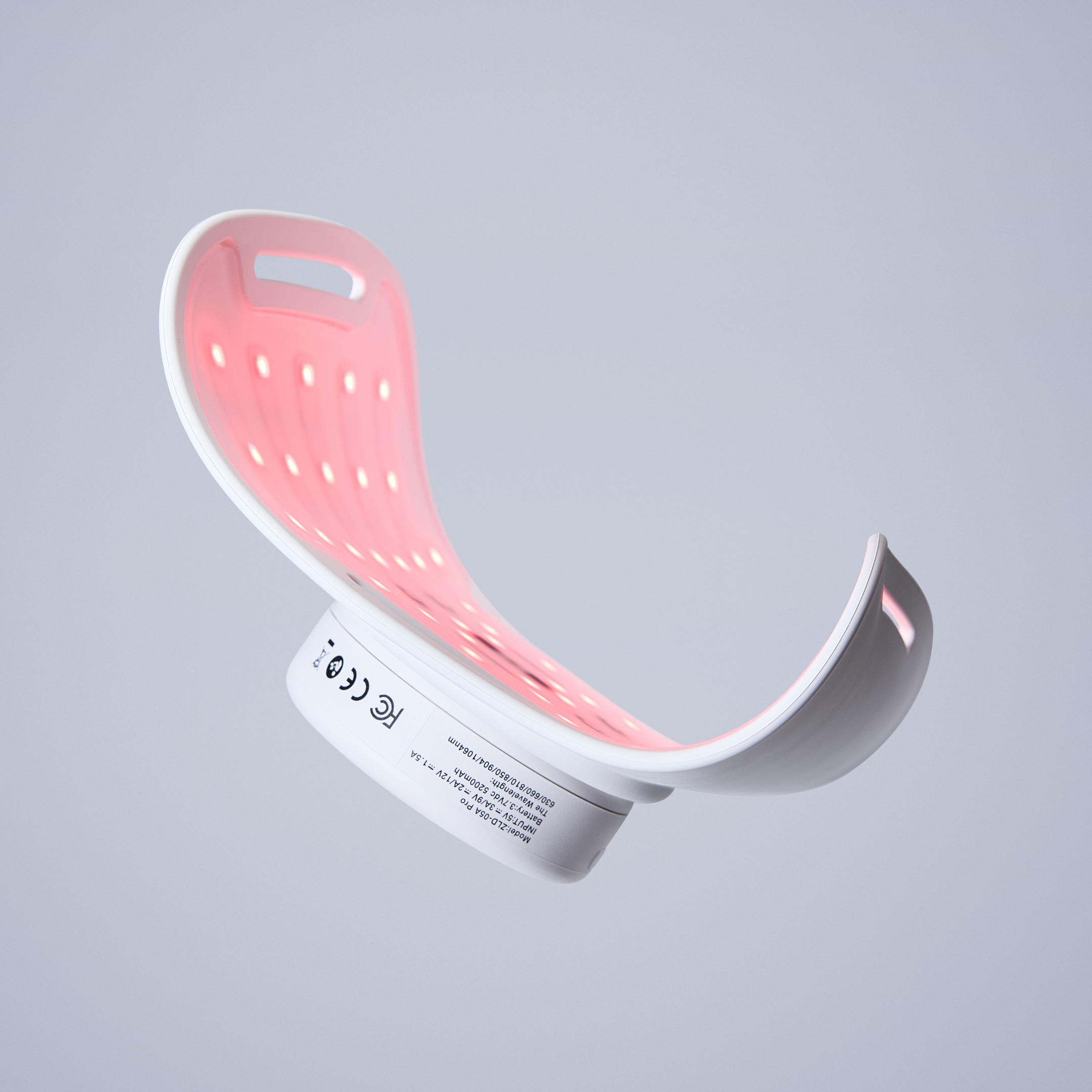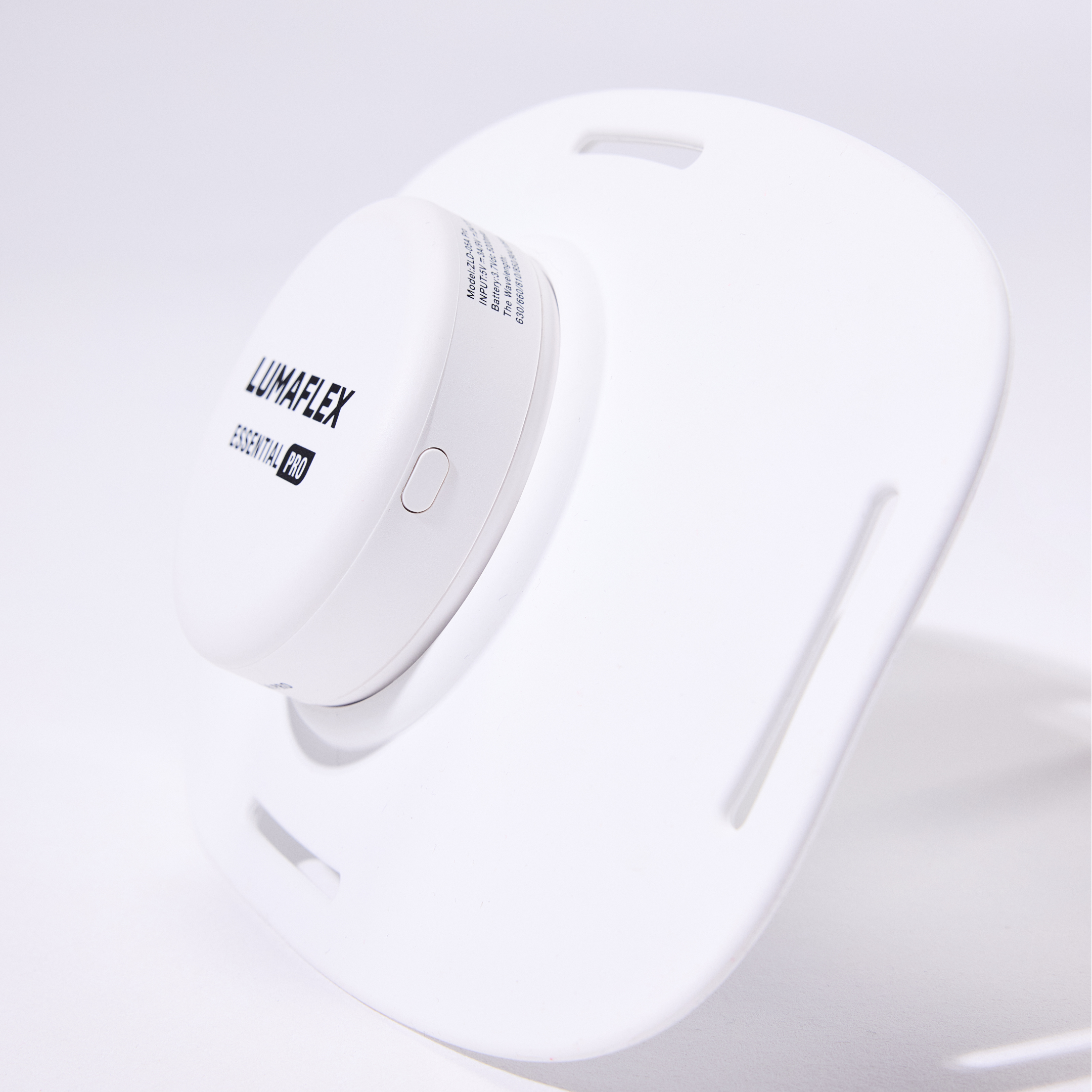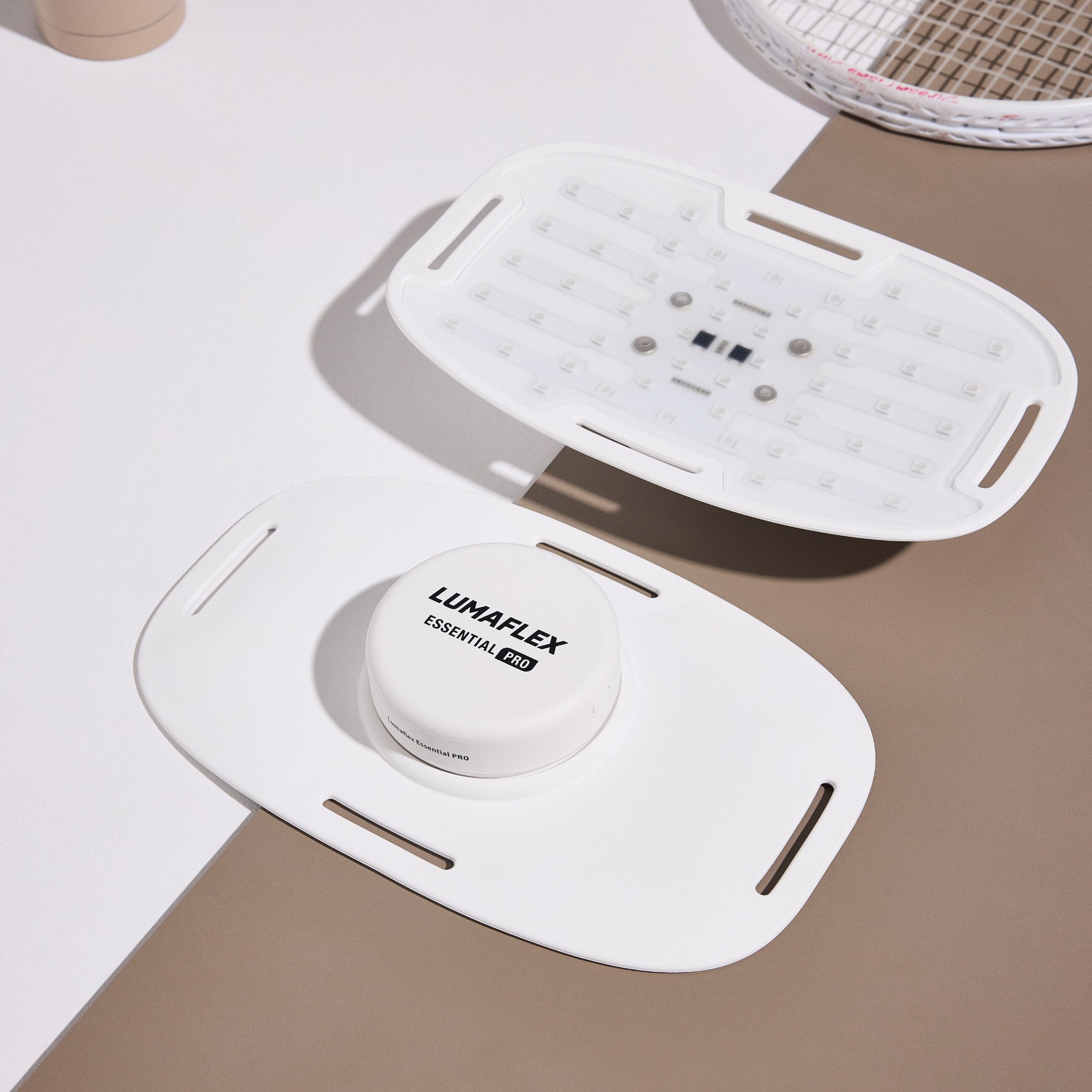How Often Should You Do Red Light Therapy? Safe Daily Use & Results Timeline

How Often Should You Do Red Light Therapy? (Complete Guide)
If you’ve just picked up a red light therapy device or you’re thinking about it, the first question that usually pops up is: how often should you do red light therapy? I get it. I had the same question when I first started. At one point I was blasting myself with light every single day, then skipping whole weeks because I wasn’t sure if I was overdoing it.
Here’s the short answer: most people do best with three to five sessions a week. That’s the sweet spot where your body has enough exposure to kickstart changes like collagen production, better recovery, and less inflammation without feeling like you’re living in front of the panel.
The longer answer is that your ideal routine depends on what you’re trying to get out of it. Skin health, pain relief, muscle recovery, even sleep and mood all respond differently. In this guide, we’ll break it down goal by goal so you’ll know exactly how to build a routine that works for you, safely and effectively.
Table of contents
Why Frequency Matters in Red Light Therapy
Think of red light therapy like going to the gym. If you only show up once in a while, you might feel good in the moment, but you probably won’t see lasting results. The magic happens when you stick with it on a regular basis.
What’s going on inside your body is pretty fascinating. Red and near-infrared light stimulate your cells to produce more energy in the form of ATP. That extra fuel is what helps your skin repair itself, muscles recover faster, and inflammation calm down.
Here’s what consistency really unlocks:
- Skin improvements: Collagen and elastin build up gradually, not overnight.
- Pain relief: Chronic discomfort responds best to steady exposure, not random bursts.
- Recovery: Muscles repair faster when you feed them consistent energy.
- Mood and sleep support: Your circadian rhythm thrives on regular light cues.
Researchers have found that collagen production, for example, increases most noticeably when treatments are done multiple times per week for several weeks straight (Journal of Biomedical Optics, 2010). The same goes for pain relief and recovery. You are essentially training your cells to stay in a healthier, more energized state, and that only happens when you give them a steady routine.
So if you want results you can see and feel, frequency isn’t just important, it is the deciding factor.

How Often Should You Do Red Light Therapy per Week? (General Guidelines)
Here’s the part most people really want to know: how many sessions do you actually need? The truth is there isn’t a one-size-fits-all answer because it depends on your goal. Think of it like a workout plan. What works for glowing skin may not be the same routine that helps with sore knees or faster recovery after a run.
In general, most people see good results with 3 to 5 sessions per week, especially when starting out. Once your results kick in, you can taper down to a maintenance schedule of 1 to 2 times weekly. But let’s break it down by specific goals so you can see where you might fit.
Red Light Therapy for Skin Health & Anti-Aging
If your main goal is smoother skin, fewer fine lines, or better overall glow, consistency is key. Skin cells respond well to light because it boosts collagen and helps repair damage from daily stress.
- Start with: 3 to 5 sessions per week, 10 to 20 minutes
- Maintenance: Drop to 1 to 2 sessions weekly once you notice results
- Timeline: Most people see visible improvements in 4 to 6 weeks
Think of it as skincare you can’t put in a bottle.

Red Light Therapy for Pain & Inflammation Relief
Pain is where red light therapy really shines, but how often you use it depends on whether you’re dealing with something short-term or long-term.
- Acute pain (like a sprain or workout strain): Daily or near-daily sessions until you feel relief
- Chronic pain (like arthritis): 3 to 5 times per week as ongoing support
Light calms inflammation at the cellular level, which is why steady use works better than the occasional blast.

Red Light Therapy for Muscle Recovery & Performance
Athletes and fitness junkies love red light because it helps reduce soreness and speeds up recovery.
- Use around workouts : Either before training for performance or after for recovery
- Frequency : 3 to 5 times weekly, depending on how often you train
If you’re chasing personal records, this might be your secret recovery hack.

Red Light Therapy for Sleep & Mood Support
Sleep and mood rely heavily on rhythm, so daily consistency works best here. Red light supports melatonin production and helps regulate your circadian clock.
- Best schedule: Daily short sessions, preferably in the evening
- Effect: Calming, mood-boosting, and helpful for winding down before bed
Think of it like setting the vibe with a Spotify playlist, except this one is telling your brain it’s time to rest.

Red Light Therapy Session Duration & Best Time of Day
One of the most common questions I hear is, “How long should I wear the light?” The good news is that sessions don’t need to be marathon-length to work. In fact, shorter, consistent sessions usually give better results than one long blast once in a while.
How Long Should a Red Light Therapy Session Be?
Most devices are designed for sessions between 10 and 20 minutes. The exact time depends on two factors:
- Device strength: Stronger panels or professional devices might only need 10 minutes.
- Target area: A small spot, like your face, takes less time than covering your back or legs.
If you’re just starting out, aim for 10 minutes and see how your body responds. You can always build up slowly.
Best Time of Day to Use Red Light Therapy Device
Timing actually matters more than people think. While you can use red light therapy almost any time, here are the most effective windows:
- Morning: Great for boosting mood, energy, and focus. Some people find it helps fight that mid-morning slump better than coffee.
- Afternoon or Post-Workout: Ideal for recovery sessions since your muscles are primed for repair.
- Evening: Perfect if your goal is relaxation, stress relief, or better sleep. The calming effect pairs nicely with a nighttime wind-down routine.
Pick a time you can realistically stick with. Consistency beats perfection. Whether it’s every morning before work or at night while watching Netflix, the best schedule is the one you won’t skip.

Can You Do Red Light Therapy Every Day?
The short answer is yes, most people can safely use red light therapy every single day. Unlike harsh treatments that stress your skin or body, red light is non-invasive and low risk. That is exactly why athletes, skincare enthusiasts, and even physical therapists use it as part of a daily routine.
Why Red Light Therapy Daily Use Works
- Low intensity, high benefit: The light stimulates cellular repair without causing damage.
- Better consistency: Daily sessions help build momentum and keep your cells in a repair-and-recover mode.
- Flexibility: You can target different goals throughout the week. For example, use it for recovery after a tough workout on Monday and then for relaxation and sleep support on Tuesday.
Red Light Therapy Daily vs. Longer Sessions Once in a While
You’ll see more consistent results from shorter, regular sessions compared to occasional long ones. Think of it like brushing your teeth. Brushing once for 20 minutes won’t help if you skip the rest of the week.
A Note of Caution:
Always check your device guidelines, because power levels differ. While daily use is safe for most, some high-output panels may recommend limiting sessions. If you notice redness, sensitivity, or eye strain, it may mean you need shorter sessions or more breaks.
Is It Safe to Do Red Light Therapy Twice a Day?
Yes, in most cases, two shorter sessions spaced out (like morning and night) are safe. Just make sure you’re not cranking up the intensity or overextending the time. Sometimes less is more.

Signs You’re Overdoing Red Light Therapy
Red light therapy is generally safe, but like anything, too much of a good thing can backfire. The good news is that the side effects are usually mild and go away quickly once you ease up.
Common Signs You Might Be Overdoing Red Light Therapy
- Skin redness or irritation: Similar to spending too much time in front of a heater lamp.
- Eye strain: If you skip protective eyewear or stare directly at the light, your eyes may feel tired.
- Mild headaches: This sometimes happens if sessions are too long or too intense.
Why These Happen
Most of the time, it is not the frequency that causes problems but the intensity or duration. Using a high-powered panel for 40 minutes when the manual recommends 15 is what usually leads to irritation.
How to Avoid Red Light Therapy Overuse
- Follow the manufacturer’s instructions for your specific device.
- Stick to 10–20 minute sessions unless advised otherwise.
- Wear protective goggles if the light is near your face.
- Take a day off if you notice irritation, then ease back in with shorter sessions.
Think of red light therapy like coffee. A cup or two helps you feel energized, but chugging six in one sitting will leave you jittery. Balance is key.
How to Build the Best Red Light Therapy Routine
If you’re new to red light therapy, the temptation is to jump in every day for as long as possible. I get it. I did the same thing when I first got my device. But the truth is, starting steady and building up works much better long term.
Here’s a simple way to create your own routine:
- Start small Begin with 2 to 3 sessions per week, around 10 minutes each. This lets your body adjust and makes it easier to track how you feel.
- Track your progress Notice changes in your skin, energy, or pain levels. A journal or even a quick note on your phone helps spot trends.
-
Adjust based on your goal
- Skin and anti-aging: 3–5 sessions weekly until results appear, then scale back for maintenance.
- Pain or inflammation: more frequent, even daily if needed.
- Recovery: around workouts, usually 3–4 times per week.
- Stay consistent Just like brushing your teeth, the habit matters more than perfection. Skipping one day won’t erase your progress, but building the routine into your lifestyle is where results compound.
- Pair it with other habits Some people use it while stretching, meditating, or doing skincare. Anchoring it to something you already do helps you stick with it.
Red light therapy isn’t about chasing quick wins. It’s about building a rhythm that works for your body and your lifestyle.

FAQs: How Often Should You Do Red Light Therapy & Results Timeline
Can I do red light therapy twice a day?
Yes, you can if the sessions are short and spaced out. Think of it like taking two small walks instead of one long run. Just make sure you’re not overexposing your skin or eyes.
How many weeks until I see red light therapy results?
It depends on your goal. Most people notice skin improvements in about 4 to 8 weeks, while pain relief can happen much faster, sometimes within days.
Is red light therapy safe for kids or elderly people?
Generally yes, because red light therapy is non-invasive and low risk. But always check with a healthcare professional if someone has a medical condition or is taking medication.
How many times a week is ideal for red light therapy use?
Most people get the best results with 3 to 5 sessions per week. Once you hit your goal, you can switch to a lighter maintenance schedule.
What happens if I skip red light therapy for a week?
No stress. You won’t “lose” your progress right away, but results do fade if you stop completely. Just pick back up where you left off.
Final Thoughts: Finding Your Optimal Red Light Therapy Schedule
If you only take one thing away from this guide, let it be this: most people do well with 3 to 5 red light therapy sessions per week. That’s the sweet spot where you’ll see real changes without burning yourself out or overcomplicating things.
Your perfect routine might look different, though. Some people thrive with daily sessions for recovery or pain relief, while others are happy with a couple of quick maintenance sessions each week. The key is to listen to your body, pay attention to how you feel, and adjust as you go.
Think of red light therapy as an investment in your long game. Consistency wins over intensity. Whether you’re chasing smoother skin, faster muscle recovery, or just better sleep, the results build over time.
If you’re ready to get started, check out a device like the Lumaflex Body Pro that makes it easy to stay consistent at home.
Related Readings
- Red Light Therapy: Comprehensive Evidence-Based Analysis
- Red Light Therapy Under Eyes: Before & After Results
- Oral Health with Red Light Therapy: Before & After
- Red Light Therapy 101: Everything You Need to Know
- Does Red Light Therapy Work Through Clothes?
- Red Light Therapy for Depression: A Mental Wellness Breakthrough
- Red Light Therapy for Sleep: A Winter Wellness Guide
- Red Light Therapy Results for Skin: Complete Benefits Guide
- What Are the Benefits of Using More LED Lights in Red Light Therapy?
- Myth-Busting: Can Red Light Therapy Tan Your Skin?


